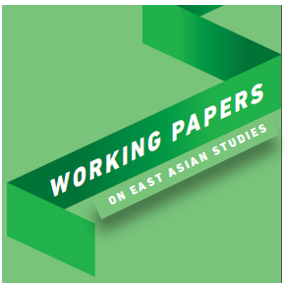Provider Payment Reform for Chinese Hospitals : Policy Transfer and Internal Diffusion of International Models
There are opposing views in the literature regarding the degree to which China’s public administration adopted international models of administrative reform. Prospective payment systems constitute a formidable case for examining this question in the field of public hospital funding. In China’s decentralized and fragmented health insurance system, different localities have chosen different approaches to replace retrospective with prospective payment models. Based on a relational case database, we analyzed how international payment reforms were introduced in a Chinese context as models with varying degrees of transfer and scopes of change. Furthermore, we reconstructed the process of diffusion, which was driven more by horizontal learning in the Urban Employees’ Basic Medical Insurance (UEBMI), and more by hierarchical delegation in the New Rural Cooperative Medical Scheme (NRCMS). The two insurances were administered by different ministries, whose preferences facilitated the spread of different models of provider payment. Overall, the mainstream of reforms only achieved a limited displacement of retrospective payment: local governments often dropped the prospective payment aspect altogether or limited its application. In the NRCMS, more ambitious reforms were limited by state capacity, whereas the use of Medical Savings Accounts (MSAs) limited the potential of reforms in the UEBMI.

